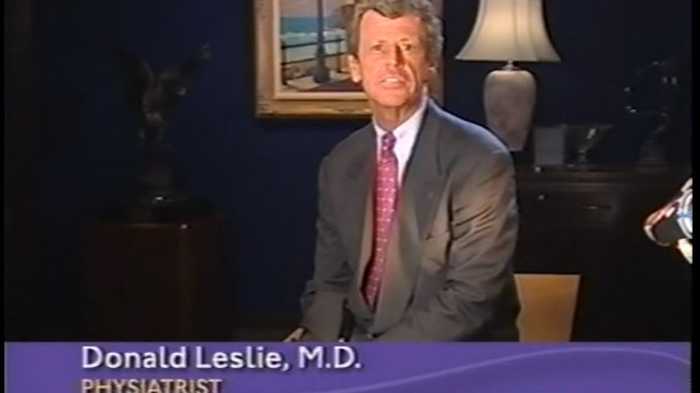Before spinal cord injury, a normal function of the spinal cord is reflex activity. There are protective reflexes which help to keep you from hurting yourself. For example:
- A painful pressure is placed on the skin or muscle.
- This pressure causes signals to be sent out from the nerves in the area.
- These signals travel to the spinal cord and then to the brain.
- As the signal reaches the spinal cord, it makes a loop.
- A signal is sent back to the muscle telling it to move or jerk away from the discomfort.
The brain also plays a role in controlling your protective reflexes. Control centers in the brain send signals down the spinal cord to the muscles. These signals limit the reflex action to a single controlled movement.
After a spinal cord injury, reflex centers in the spinal cord are still present if your spinal cord injury is T12 or above. People with spinal cord injuries between T12 and L2 may or may not have spasms. Signals from the control center in the brain cannot get pass the injury level in the spinal cord to limit and control the movement.
Here is what happens:
- There is pressure on the skin or muscle. This is usually something that causes pain or discomfort. A light touch can also cause a spasm to begin.
- These signals travel to the spinal cord. The signal cannot be sent past the injured part of the spinal cord to get to the brain.
- The signal makes a loop through the spinal cord.
- Then a message is sent back down to the muscle, telling it to move or jerk away from the pressure.
- The signal from the control center in the brain cannot get the block in the spinal cord to limit or control the jerking movement.
- This is called a spasm.
- The spasm will stop when the muscle gets tired or when the signals get weak.
1) Treatment options for spasms:
Therapy Options-
- Stretching and strengthening exercises
- Bracing or casting
- Limb positioning
- Electrical stimulation
- Biofeedback
Medications-
- Use of medications should be discussed with your doctor
- All medications have potential side effects that should be weighed against the benefits of using them
- Commonly used medications include Baclofen (Lioresal), Dantrolene sodium (Dantrium), Benzodiazepines (Valium, Klonopin), Tizanidine (Zanaflex)
- Intrathecal Therapy- implantation of a pump into the abdomen and a tube that delivers medication from the pump directly to the fluid that surrounds the spinal cord.
Neurosurgery-
These procedures involve surgically cutting nerves or nerve roots to relieve spasticity. Neurosurgeries are permanent procedures and should not be considered when a chance is present for recovery of function.
What to do if you have spasms:
- Take the medicine the doctor orders to reduce spasms.
- Keep body temperature at a normal level.
- Perform passive range of motion exercises every day.
- Prevent skin sores, bladder infections and other infections. 9sores and infections increase spasms.)
KEY POINT: A certain amount of spasms can be helpful wit body movement. Spasms also help maintain muscle tone and improve blood flow to the muscles below the level of injury.
Sever spasms can lead to joint stiffness or pressure sores. An increase in spasms may be telling you that something is wrong and should be reported to your doctor.



